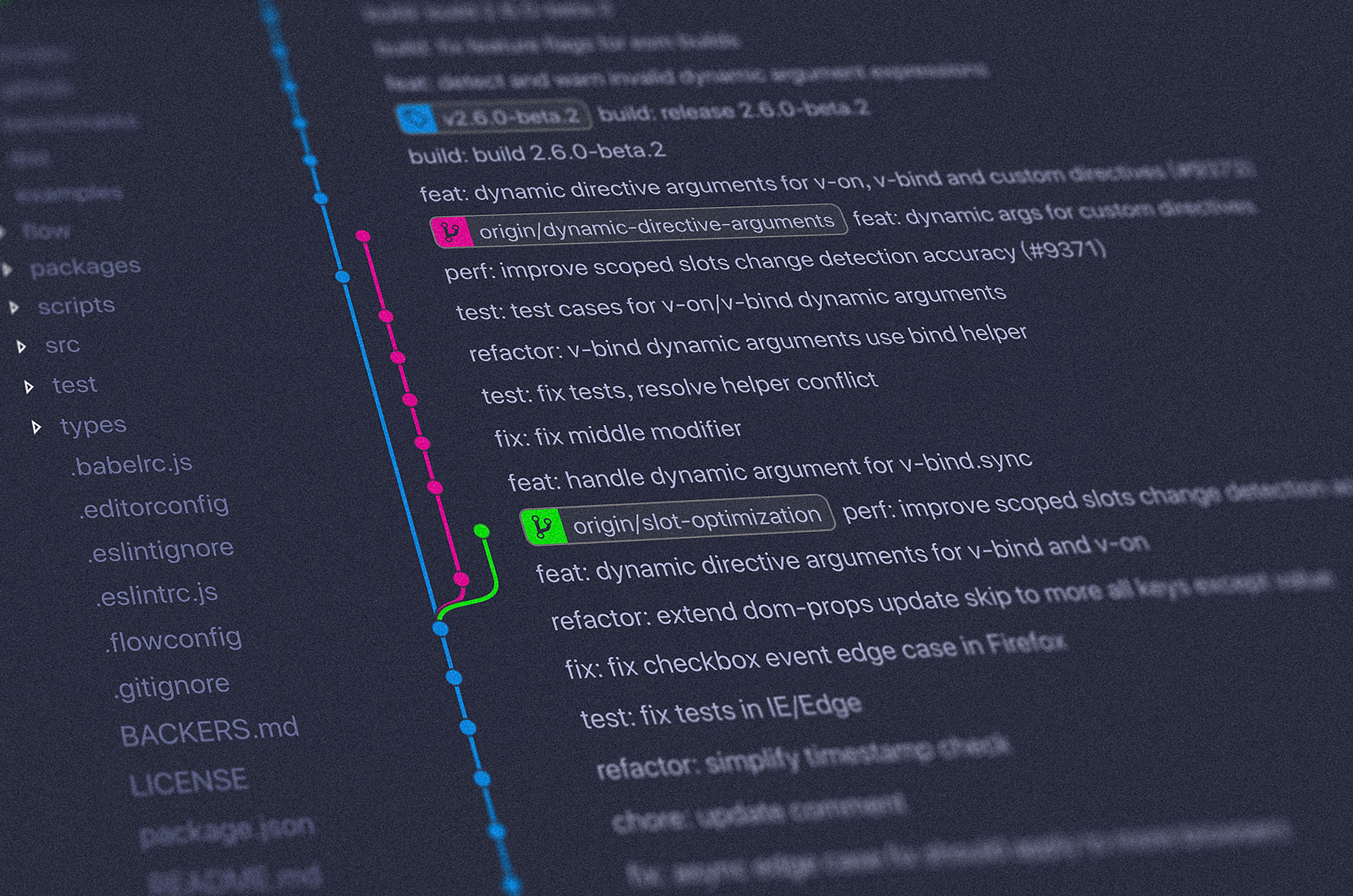Essential Git Practices for Collaborative Software Development
 Sadik Saifi
Sadik Saifi
Ever felt tangled in the web of code commits, branches, and merges? Fret not! Dive into this essential guide, sprinkled with the magic of Git, and turn collaborative coding into a breezy affair. 🚀
1. Kickstart Like a Pro! 🎉
Fork It Up: Before anything, fork the main repository. It's like taking a photocopy of your most treasured book!
Clone and Own: Got your fork? Cool! Clone it locally, and you're all set to sprinkle your coding magic.
The Branching Spell: Always, ALWAYS branch out before changes. It's like having a safety net below your coding trapeze!
Syncing: Always sync up your fork/loca-repo from time to time.
2. The Commit Chronicles 📜
A commit message narrates the story of your changes. Here's how to make it impactful:
A Commanding Presence: Opt for the imperative mood, such as "Add feature", rather than "Added feature".
Lead with Action: Begin with a descriptive verb in lowercase, like "add", "fix", "update", and so forth.
Brevity with Clarity: Keep the first line concise, capped at 72 characters. A comprehensive description, if needed, can follow a blank line.
Engage with Issues: When addressing a specific problem, reference it as "Fixes #issue-number".
Commit Message Examples:
feat: introduce responsive search functionality
fix: amend typos within the login interface
bug: rectify database persistence glitch
3. Structured Branch Naming 🌳
Consistency in branch naming aids in tracking varied development activities:
NOTE: Always branch out from Main/Master**.**
feat/<branch-name>: Introducing new features.bug/<branch-name>: Rectifying bugs.hotfix/<branch-name>: Deploying urgent fixes.refactor/<branch-name>: Restructuring existing code.docs/<branch-name>: Updating or adding documentation.
Example: feat/mysql-db
4. Navigating Pull Requests 🚤
Pull requests (PRs) are where collaboration truly blossoms:
Concise Descriptions: Articulate the essence of your changes in a clear manner.
Issue Linkages: If your PR resolves a particular issue, connect it using
fixes #issue-number.Constructive Interactions: Engage in meaningful dialogues with team members, always maintaining a professional tone.
FAQs: Clarifying Common Curiosities 🎓
Commit-Issue Connectors: How Do They Work?
Directly link a commit or PR to an issue with
closes #issue-numberorfixes #issue-number.Addressing a host of issues? List them individually:
fix: tackled minor setbacks, closes #10, fixes #11.
Conclusion 🔥
By adopting these Git guidelines, teams can foster a harmonious collaborative environment. While this guide serves as a foundational blueprint, always stay receptive to the unique nuances of individual projects.
Subscribe to my newsletter
Read articles from Sadik Saifi directly inside your inbox. Subscribe to the newsletter, and don't miss out.
Written by

Sadik Saifi
Sadik Saifi
I am a full stack web developer, specialized in MERN stack with the blink and love for TailwindCSS.